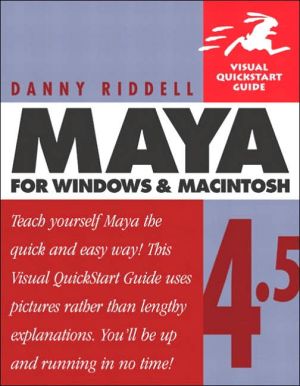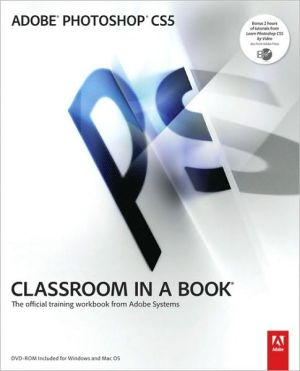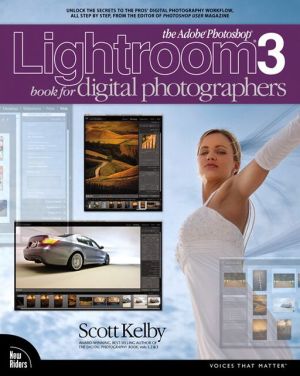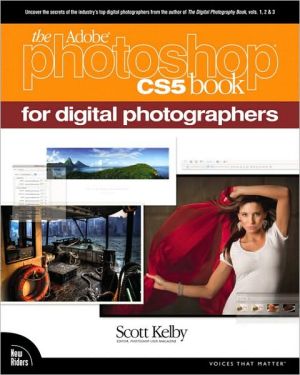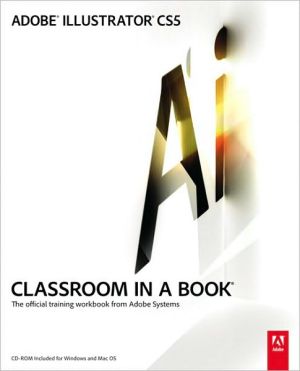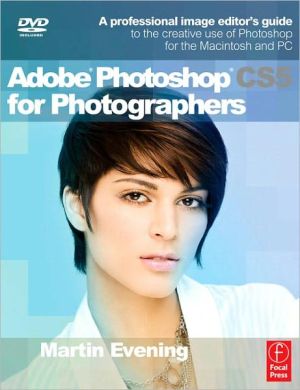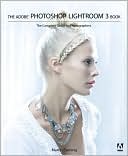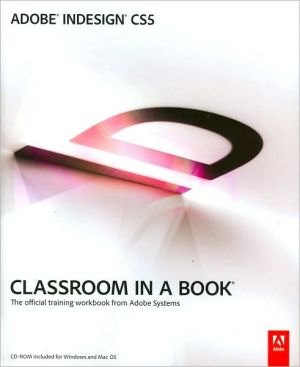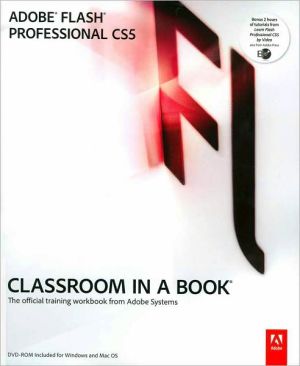Maya 4.5 for Windows and Macintosh: Visual QuickStart Guide
Used to create over half of the top 20 best-selling holiday PlayStation 2 titles in December 2001 and used in almost every film nominated by the Academy of Motion Pictures Arts and Sciences in the best visual effects category for the past five years, Maya is one of the world's most powerful, high-end 3D animation and visual effects software programs available. Maya 4.5, the latest version of the all-in-one modeling, rendering, and 3D animation program, is loaded with new features and...
Search in google:
Used to create over half of the top 20 best-selling holiday PlayStation 2 titles in December 2001 and used in almost every film nominated by the Academy of Motion Pictures Arts and Sciences in the best visual effects category for the past five years, Maya is one of the world's most powerful, high-end 3D animation and visual effects software programs available. Maya 4.5, the latest version of the all-in-one modeling, rendering, and 3D animation program, is loaded with new features and enhancements designed to make it even more powerful and easy-to-learn for Mac and Windows users alike.Whether you're new to Maya or just want to get quickly up-to-speed on Maya 4.5's new features, Maya 4.5: Visual QuickStart Guide is a must-have task-based reference. In addition to covering basic animation theory, this straightforward guide includes many easy-to-follow, step-by-step examples of simple and more complex Maya techniques. Upon completion of this book, you'll feel comfortable with Maya's interface and features and be able to produce 3D models, texture objects, create animations, and render images with no prior 3D experience!
IntroductionCh. 1Maya Basics1Ch. 2Navigating and Changing the Interface31Ch. 3Creating Primitives and Text53Ch. 4Selection Modes, Hiding and Templating81Ch. 5Transforming Objects and Components99Ch. 6Grouping, Parenting, and Aligning123Ch. 7NURBS Curves and Surfaces143Ch. 8Polygons and Subdivided Surfaces169Ch. 9Skeletons and Inverse Kinematics205Ch. 10Parenting and Binding to a Skeleton223Ch. 11Animation243Ch. 12Deformers263Ch. 13Creating Lights279Ch. 14Shaders and Materials307Ch. 15Cameras and Rendering339Ch. 16Dynamics363Index395
\ From Barnes & NobleThe Barnes & Noble Review\ High-end 3D software is traditionally forbidding -- and often, so are the books that teach it. But Maya 4.5 for Windows and Macintosh: Visual QuickStart Guide is a breath of fresh air: friendly, easy, and task-focused. Key concepts are explained simply and briefly -- with just enough information for you to get cracking, and get results. You’ll never, ever find yourself buried in theory, or (worse) math. \ Longtime Maya trainer Danny Riddell knows exactly what new Maya users and upgraders need to know to get productive fast.\ Riddell begins by introducing Maya’s key tools, then walks through creating primitives and text; selection modes, hiding, and templating. His practical coverage of object and component transformation reflects Maya 4.5’s new transform marking menus, which will streamline your workflow and improve your efficiency.\ There’s a complete chapter on grouping, parenting, and aligning -- with step-by-step instructions for Maya’s new Align tool and Snapping features. In Maya 4.5, you can not only “snap to objects,” but also snap objects together -- great for surface editing and texturing.\ Next, Riddell introduces Maya’s powerful techniques for creating NURBS surfaces (great for organic objects) and NURBS curves (surprisingly intuitive to artists who’ve worked with Bézier curves). You’ll find greatly expanded coverage of polygons and subdivided surfaces, including new wedge and poke face tools, the smooth proxy tool, and “subd to poly” surfaces.\ There are complete chapters on skeletons and inverse kinematics (IK); parenting and binding; and animation -- as well as an all-new chapter on using deformers to change surface shapes. You can use deformers statically for modeling and sculpting, or in animations, to add life to any object.\ Here, Riddell covers lattice deformations; nonlinear deformers; blend shapes; wire, wrinkle, and sculpt deformers; and Maya’s recently introduced jiggle deformer, which shakes surfaces as they move -- great for creating seawater or “jiggling fat” effects.\ You’ll find practical coverage of lighting, cameras, and rendering -- as well as a full chapter on shaders and materials that contains an excellent introduction to using the Hypershade. Notably, Riddell introduces Maya 4.5’s impressive new ramp shader, which makes Maya’s powerful cartoon rendering capabilities far easier to use.\ There’s a completely new chapter on dynamics: how to create animations that reflect the laws of physics. Riddell covers Maya’s default effects, as well as emitters, collisions, fields, soft and ridged bodies, springs, solvers, and more.\ He even goes beyond the Maya Builder and Complete versions he’s covered in previous editions. In particular, he introduces Maya 4.5 Unlimited’s powerful new Fluid Effects feature. Fluid effects permit you to simulate a wide range of atmospheric, pyrotechnic, viscous liquid, and open ocean effects -- and to simulate 2D fluid motion in near-real-time. These effects open up entire new worlds for computer animators. It’s no wonder they were Alias\|Wavefront’s most-requested feature.\ This time around, Alias\|Wavefront has released virtually identical versions of Maya 4.5 for both Windows and Macintosh, and this book covers both. One thing you’ll have to look elsewhere for: coverage of Maya’s scripting language. Worry not: There’s plenty here to keep you exploring for a long time. Bill Camarda\ Bill Camarda is a consultant, writer, and web/multimedia content developer. His 15 books include Special Edition Using Word 2000 and Upgrading & Fixing Networks for Dummies, Second Edition.\ \ \
